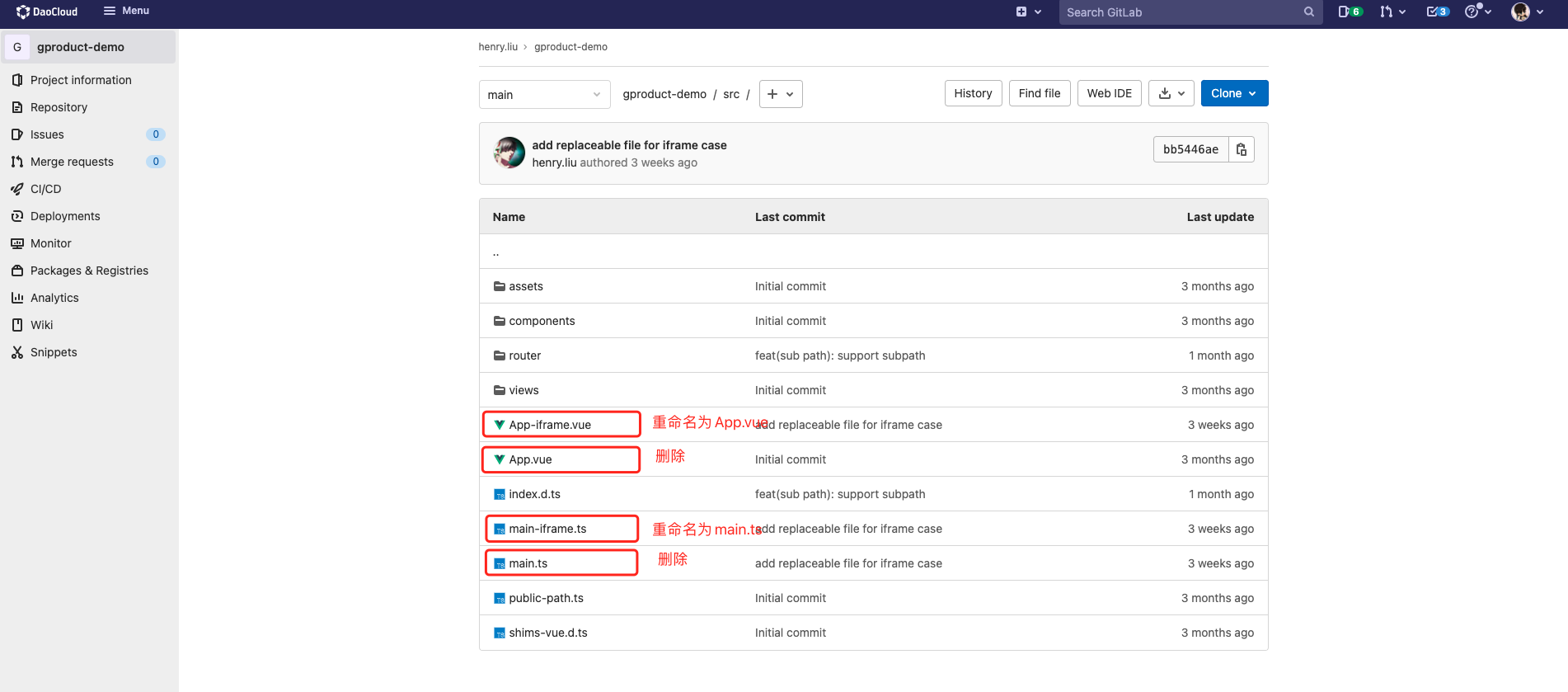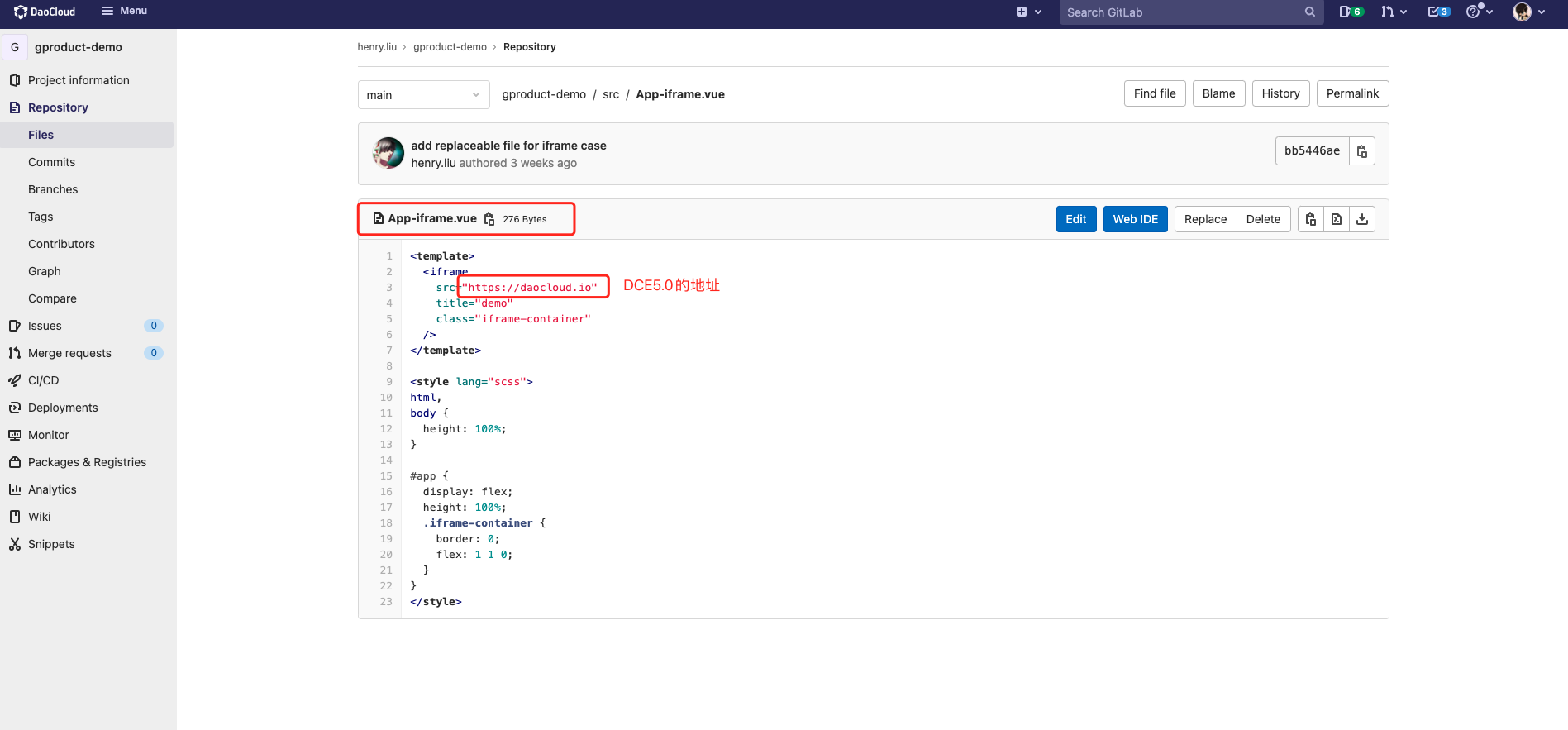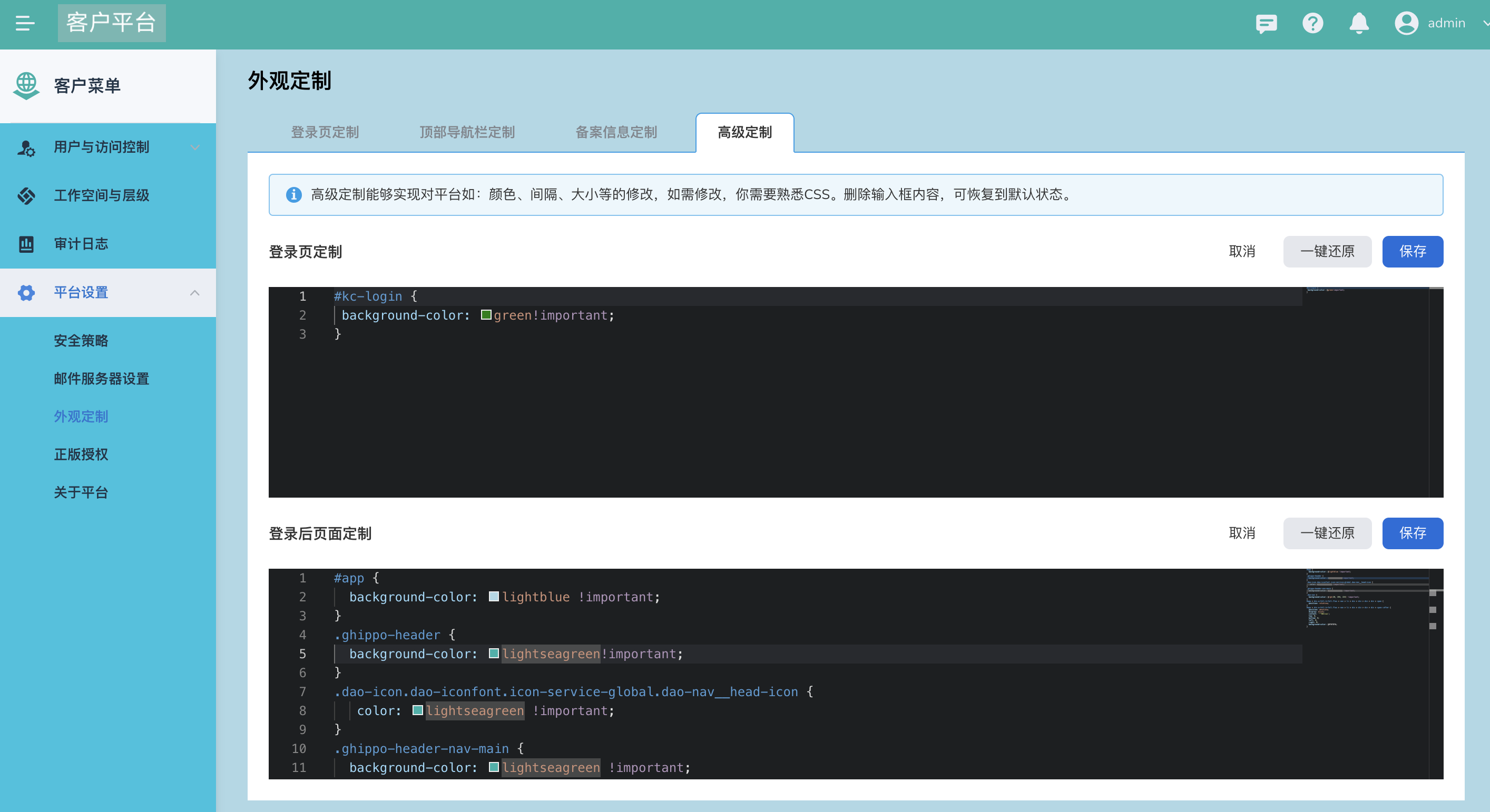Simulating OEM OUT with Two Sets of DCE 5.0¶
You can simulate the OEM OUT scenario by setting up two instances of DCE 5.0, one acting as the customer platform and the other as DCE 5.0 itself. You can differentiate between the customer platform and DCE 5.0 platform by modifying the login page background image and the background color after login.
It is recommended to install the DCE 5.0 community edition. It is advisable to install the latest version using standard Kubernetes installation (avoid using kind for installation).
The following are suggestions for using two sets of DCE 5.0!
User Integration¶
If you are using two sets of DCE 5.0 for operation, it is recommended to go to Global Management -> Access Control -> Access Management on the customer platform. Fill in the obtained client information under Identity Provider -> OIDC.
Note: Only Global Management v0.17 and above support Access Management, other versions require creating a client in Keycloak.
Integrating the Navigation Bar¶
It is recommended to download and use the contents from this repository:
-
Modify the following content:


-
Follow the instructions in the readme file.
If you want to open the insight page by default after integration, you can enter the DCE 5.0 insight page address in the above link. Also, modify the corresponding integration name in the demo.yaml file.
These are the operations for the customer platform because DCE 5.0 is used as the customer platform. It may not be applicable in actual use cases. In real scenarios, it is important to understand the principles and adapt accordingly.
Consistent Styling¶
To differentiate the customer platform, you can adjust the styling using CSS.
Example:
#app {
background-color: lightblue !important;
}
.ghippo-header {
background-color: lightseagreen!important;
}
.dao-icon.dao-iconfont.icon-service-global.dao-nav__head-icon {
color: lightseagreen !important;
}
.ghippo-header-nav-main {
background-color: lightseagreen !important;
}
.dao-nav {
background-color: rgb(20, 194, 224) !important;
}
#app > div.w-full.h-full.flex > nav > li > div > div > div > div > span {
position: relative;
}
#app > div.w-full.h-full.flex > nav > li > div > div > div > div > span::after {
position: absolute;
display: block;
content: '客户菜单';
top: 0;
bottom: 0;
left: 0;
right: 0;
background-color: #f6f8fb;
}
After adjustment, it will look like:
